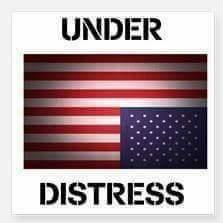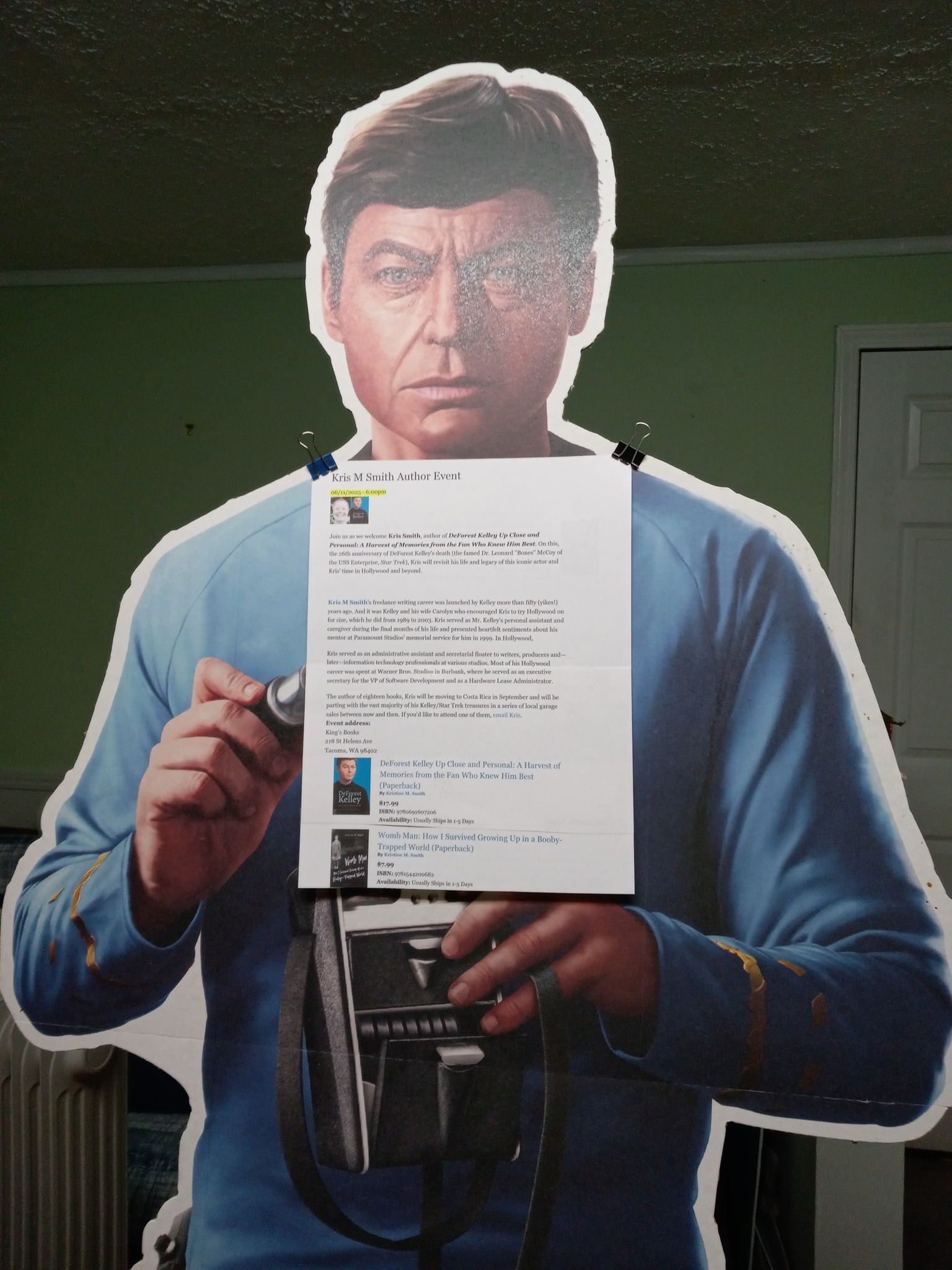COPY VERSUS CONTENT
What’s the difference?
Be sure your writing clients know the difference between content and copy when they hire you do write for them.
I was hired recently based on this project description: “The deliverable is a 1-2 page Company Description for clients to learn who we are, what we do and why we do it.”
Clear enough, right? I thought so.
I sent this prospective client my cover letter with examples of other company descriptions I had written for other clients, all of whom gave me 5-star reviews for my work. I also sent them a Content Questionnaire to fill out so I could quickly get up to speed on their various offerings and the pain points of their clients. They completed the CQ and returned it to me, along with a template for how they wanted the piece to be, which I followed to a T.
I wrote a terrific piece for them, sent it off for review, and was told he liked it except for a couple of quick tweaks (adding a name and one other fact). He said he wanted to show it to his partner to get his take on it, too, and I said okay.
His partner wanted not a content (informational) piece but a sales piece and gave me a list of ways in which I had failed to follow copywriting protocols when I wrote the company description.
I wrote back to say I delivered exactly what I was asked to deliver, and that if they wanted a sales piece, that would be “scope creep” (an additional task) and they would need to pay for it.
They came back saying, essentially, “Can’t you just adapt what you did to make it into a sales piece using the feedback the second guy gave you?”
So, that’s when I wrote and sent the following…
“Let me use an art analogy to explain myself as clearly as I can. Your project description was for an informational page that described your company as “who we are, what we do, and who we do it for.” I used the template you gave me to do that, so that’s the “raccoon” you asked me to draw for you.
“You liked the result (except for a couple of tweaks) so you sent it on for review.
“The other person said, in essence, ‘I didn’t want a raccoon. I wanted an elk.’
“I did the work you requested, and added even a bit of a sales copy(CTA) at the end. It’s an EXCELLENT About page which is supposed to be company-centered, not prospective client-centered. You can use it that way.
“The other person wants a SALES page, which is an entirely different animal, and it (sales) was not mentioned in the project description . A sales page SHOULD be prospective client centered, as he explained.
“I am a tried-and-true professional copy and content writer: I know what each piece should do.
“The Company Description page should be a self-referencing piece that builds the know/like/trust factor into a prospective relationship. It’s your WHY; the ‘why’ that prospective buyers need to read, enjoy and embrace to decide they know, like and trust you so the relationship can move forward with less apprehension.
“A sales page has to be a slippery slope that greases the reader’s skis, slides them down the hill and into your lodge, primed and eager to buy the products and services you offer.
“The two things (content/informational pieces versus copy/sales pieces) are two entirely different animals. I simply can’t make a sales page (elk) out of the informational company description (raccoon) that you ordered up. A sales page would have to be another task.
“(That said, I suggest you split test any ABOUT page you’re using now on your website or wherever against what I’ve written for you and see if you get more calls than you have been getting.)
“If you want a sales page, you’re going to need to pay for a whole new animal. The two are incompatible except for the way I added a CTA to the end of the company description so they’d do something after reading it other than sit there and think, ‘I love this company’s WHY for being in business.'”
I hope this explains why it’s crucial to decide how many people will be voting on the quality and flavor of the copy or content you want and that they are on the same page (wanting the same animal) before they write the project description. I delivered on the project description to a “T” but one of the decision makers had an entirely different animal in mind, so now we’re in negotiations to find out what to do about it. I’m sure they’re frustrated. I’ll give them a break on what should be a far more expensive sales piece if they elect to have me write it for them, but they do owe me for the work I put in on the “raccoon” whether they decide to use it or not. (Professional writers don’t write on spec. The money is being held in an escrow account.)
<heavy sigh>
It sucks to delight one partner and disappoint the other through no of fault of my own…
I’m bummed.







